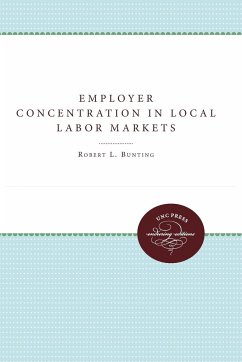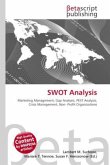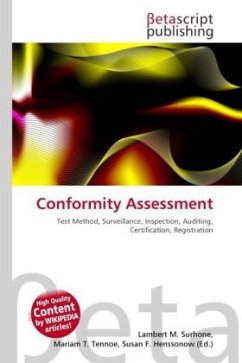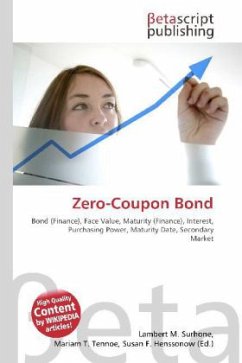Please note that the content of this book primarily consists of articles available from Wikipedia or other free sources online. Retail concentration refers to the market-share belonging to generally the top 4 or 5 firms of the Great distribution present in a regional market, as a percentage on the total. Retail concentration is not simply a concentration ratio as emerging in the food sector. This is due to two factors: the particular relevance retail is gaining on a global scale, and the particular shape the food chain has. In last years Retail Concentration moved ahead with fusions and acquisitions along the entire food chain. We can assume with Grievink (2003) that in few years there will be only 5 dominant actors in the globalised food chain. The same researcher states that in the 90''s the top-5 food manufacturers counted with the double cash flow of the top-5 retailers. Nowadays the relation is inverted: the top 5 retailers count with the double of top-5 manufacturers. This way, the food chain become more and more vertically integrated, with global corporations able to coordinate inputs from the seed to the field, from the stable to the table.








